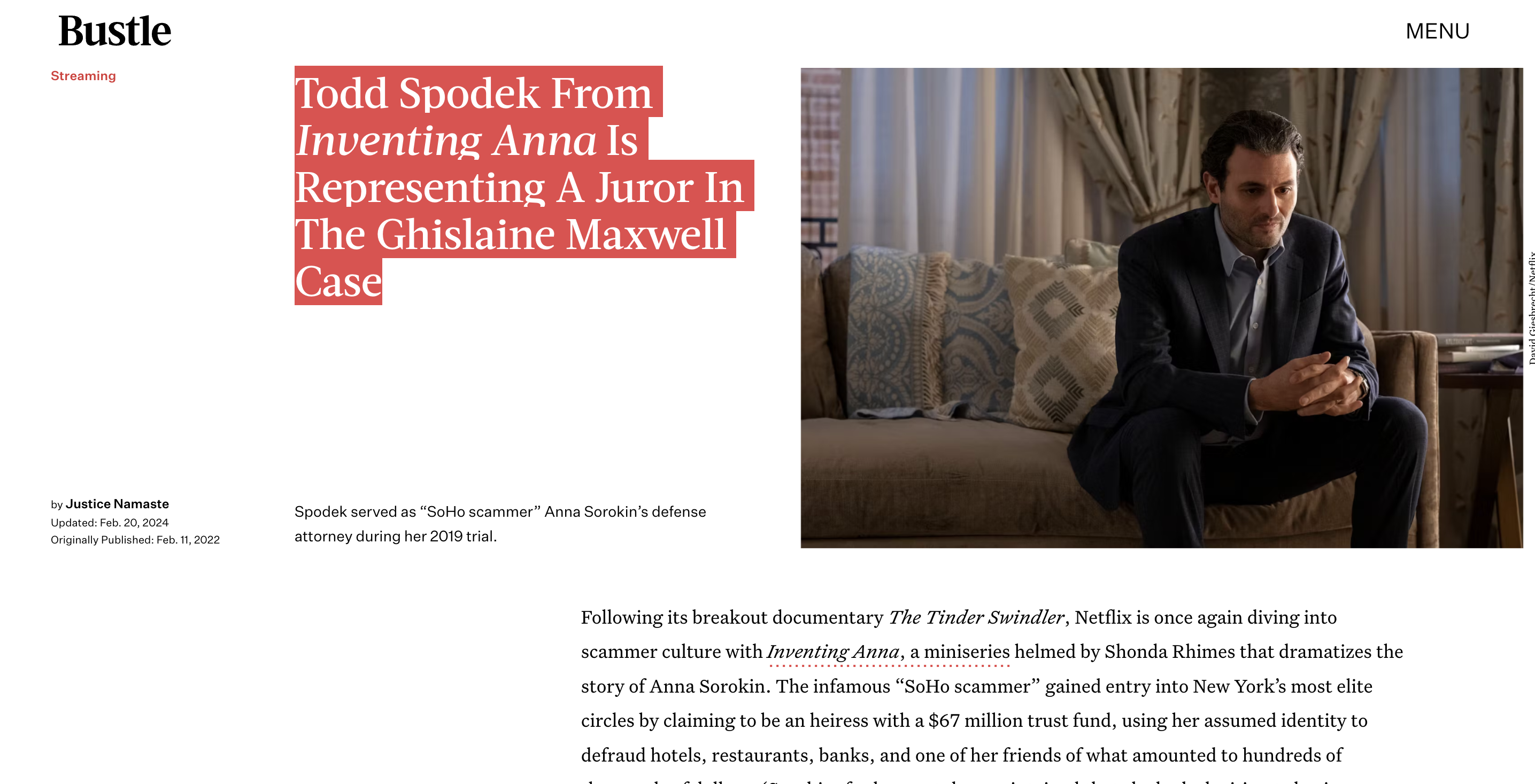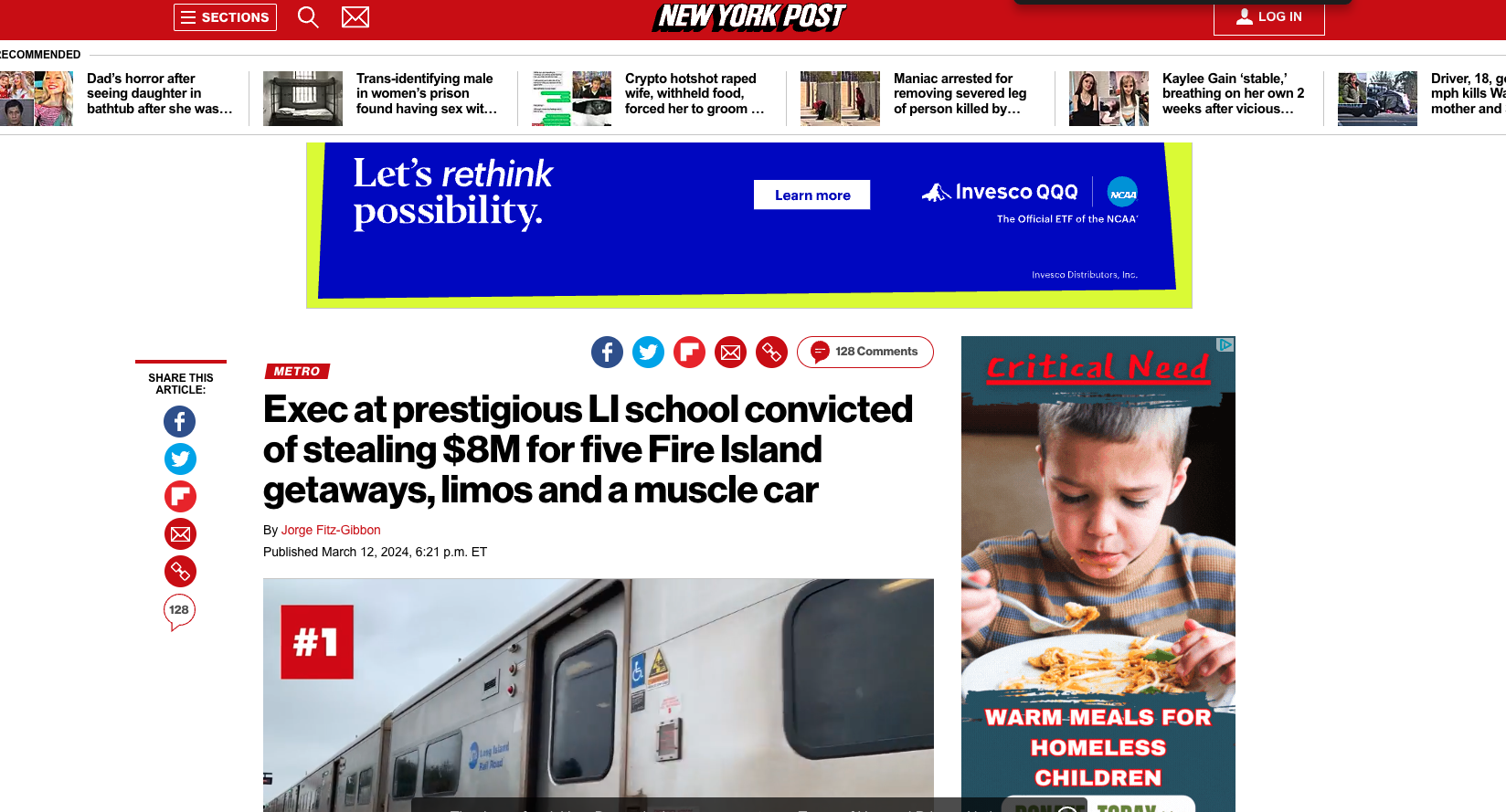Blog
Understanding Parallel Importation Laws Related to Counterfeits
Parallel importation refers to goods produced genuinely under protection of a trademark, patent, or copyright, placed into circulation in one market, and then imported into a different market without the authorization of the local owner of the intellectual property right. This article aims to provide an overview of parallel importation laws related to counterfeit goods.
What is Parallel Importation?

Parallel importation occurs when products protected by intellectual property rights in one country are imported into another country without the permission of the intellectual property right-holder in the second country. For example, a distributor may purchase a shipment of brand name electronics in China, where the manufacturer has rights, and import them into the U.S., where a different company owns the trademark. The goods are genuine, not counterfeits, but the local trademark owner did not authorize the import.
This practice allows distributors to arbitrage price differences between countries. For consumers, it can mean more choices and lower prices. For manufacturers, parallel imports can undermine regional pricing strategies and distribution channels. Rules around parallel importing vary by country and region.
Is Parallel Importation Legal?
Whether parallel imports are legal depends on the specific laws in each country. There are a few approaches:
- Territorial exhaustion – Parallel imports are prohibited. Intellectual property rights are “exhausted” only domestically.
- International exhaustion – Parallel imports are legal. Intellectual property rights are exhausted globally after the first sale.
- Regional exhaustion – A middle ground, with exhaustion defined by trade blocs or regions.
The United States applies a mixed system depending on the product:
- Copyright – International exhaustion is the rule under Copyright Act Section 109. Parallel imports of copyrighted works are generally allowed.
- Trademark – Territorial exhaustion is the default under trademark law. Parallel imports may infringe if they differ materially from the domestic product or use.
- Patent – Courts have applied territorial exhaustion. Importing patented products requires the patent holder’s permission.
The European Union provides for regional exhaustion, so parallel imports are allowed between member countries but not from outside the EU. Overall there is a trend towards liberalization globally, but rules vary.
Parallel Imports vs. Counterfeits
It’s important to distinguish parallel imports from counterfeit goods. Counterfeits are unauthorized reproductions that infringe intellectual property rights. Parallel imports are genuine goods produced under proper authorization, then imported through unauthorized channels.
Some key differences:
- Counterfeits are illegal knock-offs made without permission from the IP owner.
- Parallel imports are genuine goods imported without the local IP owner’s consent.
- Counterfeits defraud consumers about the source and quality.
- Parallel imports are authentic but may not come with a manufacturer’s warranty.
- Counterfeiting damages brands and poses health/safety risks.
- Parallel importing reflects arbitrage of regional price differences.
Counterfeiting is a criminal activity involving trademark infringement and fraud. Parallel importing engages complex civil legal issues around international trade and intellectual property doctrines.
Parallel Importing Counterfeit Goods
While parallel imports are genuine goods, counterfeits are sometimes laundered through parallel import channels. This can provide a veil of legitimacy and complicate enforcement efforts against counterfeiters. Some ways it may occur:
- Counterfeits are mixed in with genuine parallel imports.
- Fake documentation and labels are created to disguise the counterfeits.
- Counterfeits are imported through free trade zones with loose oversight.
- Shell companies are used to conceal the true source.
Authorities must scrutinize paperwork and inspect shipments closely to detect laundered counterfeits. Penalties can apply both for counterfeiting and for providing false customs declarations.
Legal Defenses Around Parallel Importing
Those involved in parallel importing may raise certain defenses against allegations of infringement. For example:
- Exhaustion – Arguing intellectual property rights are exhausted after the initial authorized sale.
- First sale doctrine – Claiming a lawful acquisition allows resale without permission.
- Implied license – Alleging rights holder implicitly granted import authority through actions.
- Acquiescence – Pointing to rights holder’s awareness and acceptance of imports over time.
The viability of these defenses depends on the specific circumstances and jurisdictions involved. Procedural arguments around jurisdiction, service of process, and standing may also come into play.
Policy Considerations Around Parallel Importing
There are policy arguments on both sides of parallel importing:
- For: Promotes competition, improves consumer access, reduces prices, limits market segmentation.
- Against: Circumvents regional pricing strategies, undermines distribution networks, reduces incentives for local IP protection.
Economists generally favor international exhaustion to promote free trade. Brand owners prefer territorial systems to control markets. Consumers gain from arbitrage but may see less innovation over time. There are good-faith arguments on all sides.
Conclusion
Parallel importation intersects with complex areas of law and policy. Determining what’s permitted requires analyzing the specific goods, countries, and legal doctrines involved. Responsible parallel importing hinges on truthful documentation and respecting genuine intellectual property rights. Preventing counterfeit trafficking remains a shared priority for businesses, consumers, and policymakers alike.









